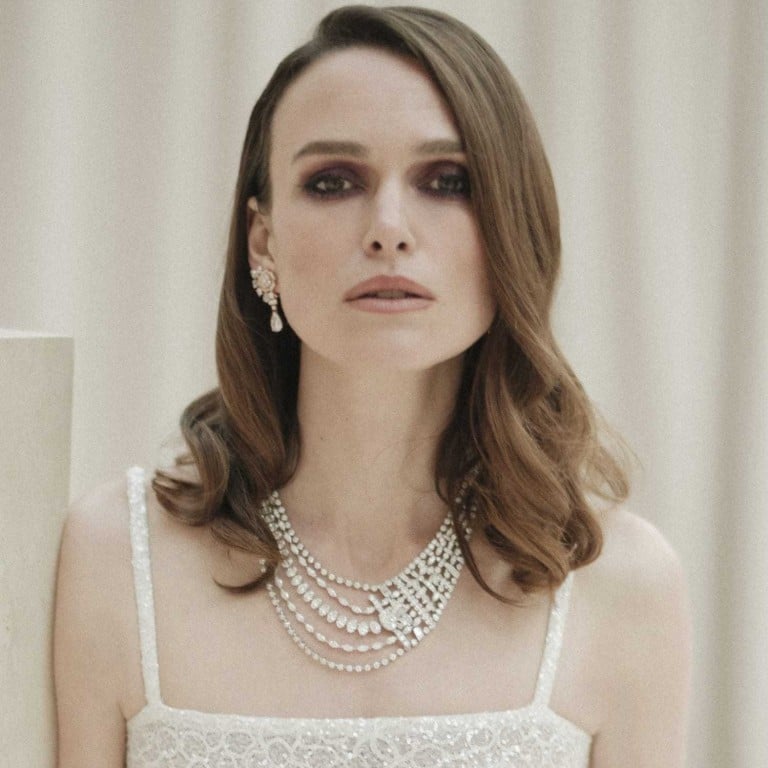Inside Chanel’s glamorous Tweed de Chanel high jewellery launch in London – and why the fashion brand’s short heritage in jewels presents more opportunity for creative freedom

- In 2020, the high jewellery ateliers of Chanel rendered the label’s signature tweed fabric into necklaces, rings and bracelets
- Three years after its initial launch, Tweed de Chanel was unveiled in London with two days of events, including a dinner at the British Museum attended by Keira Knightley and Kylie Minogue
While Chanel is not completely new to the world of haute joaillerie – Gabrielle “Coco” Chanel herself created the first and only collection under her tenure in 1932 – the brand is still perceived as a leader in fashion over jewels.
The house’s lack of heritage in the rarefied world of high jewellery, however, is far from a drawback, as Marianne Etchebarne – global head of watches and fine jewellery product marketing, clients and communication at Chanel – explains. We sat down for an interview in London at the unveiling of Tweed de Chanel, the brand’s latest high jewellery collection.

“We don’t have 100 years of heritage. We still have an endless source of inspiration, but not from jewellery. [ …] Not having a patrimony can be an opportunity because the page is white and you have more freedom,” she says. “Patrice [Leguéreau, director of the Chanel fine jewellery creation studio] can work in so many ways. It gives freedom to investigate and create something new every season as we don’t have that baggage. We have a very special story at Chanel.”

“Tweed is a fabric that’s supple and lively, which is very comfortable when you wear it because it lives with you as you move,” says Etchebarne. “It’s not stiff, you have open work, it’s soft and voluminous but not heavy. How do you translate that into jewellery, with stones and metals like gold? That was the first challenge in the 2020 collection: to interpret the fabric.”

While the 2020 creations had a low-key debut because of the coronavirus pandemic, loyal clients of Chanel High Jewellery didn’t have to wait long for chapter two. Earlier this month, the brand unveiled Tweed de Chanel, a series of pieces that turned the famously utilitarian material – it was originally worn by Scottish farmers – into “a precious fabric”. While tweed is the (literal) running thread in the collection, the dazzling array of necklaces, rings and bracelets in the range also pay homage to Chanel’s vast visual vocabulary: the camellia, the star, the sun, the ribbon and the lion.
“In this collection, we pushed boundaries because we wanted to have tweed made of diamonds and coloured stones,” says Etchebarne. “So the first challenge was to find the right stones, like rubies, and then [recreate] tweed as a support to complement jewellery icons like the sun, the lion, the camellia …”